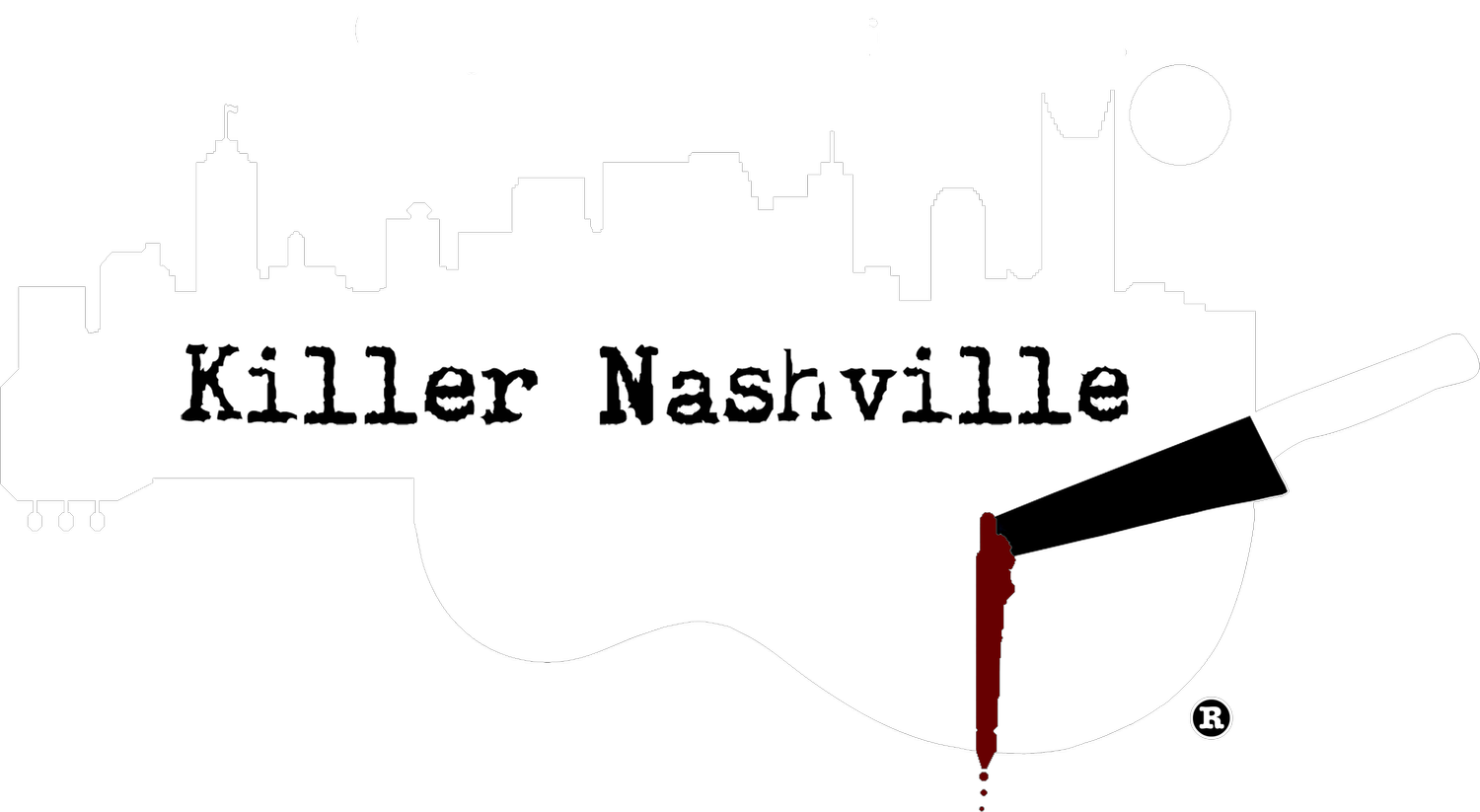The Writer’s Playbook | A Ripe Kumquat
By Steven Harms
“Fumble at the thirty-two-yard line! Rod Smith jumped on that ball like it was a ripe kumquat!”
That line was uttered during a radio broadcast of a Detroit Lions home football game. And I’d bet my life savings that “kumquat” hadn’t been used in an NFL broadcast prior and would never be again. The Lions radio color announcer, Jim Brandstatter, made that rather pointed reference to a Lions defensive player recovering the fumbled ball. The idea of a kumquat on a football field conjures up a comedic image. A fumbled football is sort of one itself: as the ball bounces around, players scramble to get it; sometimes they accidentally kick it or refumble it as they frantically try to hold on. In the context of a fumbled football, using a kumquat simile was perfect.
Why did he say it that way? Well, he and I had a weekly challenge when I was working for the Lions. Each week during the season I would give him a word that he had to weave into the broadcast. I wrote it out on a small piece of paper about an hour before kickoff, entered the broadcast booth, and subtly handed it to him. It was our “thing.” If he was able to insert the “word of the game” into the broadcast each week during the season, I owed him lunch. If he missed one game, he owed me the same. As the weeks wore on, I had to get more creative if I wanted to win, and I thought I had him trapped with “kumquat.” The fumble happened in the fourth quarter, no less, of that game. Jim told me afterward he was on the verge of losing but for that fumble.
The point is, using a kumquat as a descriptive simile worked. In fact, it worked very well. Reimagine the utterance if it was a ripe apple, green bean, onion, or ear of corn. Not quite the same for some reason, is it? Or worse, if he stated “like a ripe egg” or “like a noisy kumquat.”
Bad similes are story killers and can take an author’s credentials down a few notches on the reader’s scale. They undermine a reader’s engagement with the story and implant in them a negative distraction that may carry throughout the rest of the book.
However, a well-written simile can evoke just the right emotion. As a creative tool, it paints a picture that resonates in readers’ minds—good or bad—but it clicks. Similes can be quite powerful if written well and deployed at the perfect intersectional moment.
A few rules to follow in writing similes (and there may be others):
KEEP THEM LOGICAL
The simile must be logical in comparison with the moment described, and it must have an immediate connection for the reader. If the reader needs to pause to think through the comparison because it doesn’t compute, don’t use it.
USE THEM SPARINGLY
Overuse of anything is generally not an effective strategy. I’ll relate it back to sports. If a football team always runs to the left on first down, the maneuver becomes boring and predictable and unsuccessful.
STAY WITHIN COMMON KNOWLEDGE
A simile that uses unique or uncommon elements in the comparison can destroy the moment because the reader can’t grasp what it is you’re trying to say. If Jim Brandstatter had said “Rod Smith jumped on that ball like it was a timorous mangosteen!” (a real fruit from Southeast Asia), he may have been fired the next morning, or at least ridiculed for a full week.
STAY CLEAR OF SIMILARITY
When you’re deciding on a simile, ensure the two components of your comparison are different enough to drive home the point. As an example, a sentence that reads “She ran up the hill like an athlete in training” doesn’t give the reader much clarity on what that character was doing, since athletes do run up hills as part of their training regimen. There’s not a lot of separation. Conversely, “She ran up the hill like a wounded deer” creates an image of a frantic person, hobbled by fear as she’s trying to get somewhere fast and out of sight.
Whenever similes are deployed, read them to yourself to see if they’re effective. As an example, one of my characters in The Counsel of the Cunning voices his feeling that what he and his assistant detective are experiencing during their hunt for a missing person isn’t adding up. He amplifies this and says, “it’s like a duck in robin’s nest.” The point being that while a duck and a robin are both birds, their distinctions are profound, and a duck would never, nor could ever, be in a robin’s nest. He instinctively knows something is “just off,” and he uses this simile to make the point. He’s saying a bird in a nest is right, but the type of bird is wrong, or the nest should be in the water and not in a tree. In other words, their hunt is going in a direction that gives him pause, that makes him think something’s amiss, but he can’t quite put a finger on it.
Similes are a great tool to propel a story or a moment or a character description. But they are a unique tool and need to be done with precision if used. Don’t shy away from using them as writers, but be tactical in placing them and intuitive in writing them.
